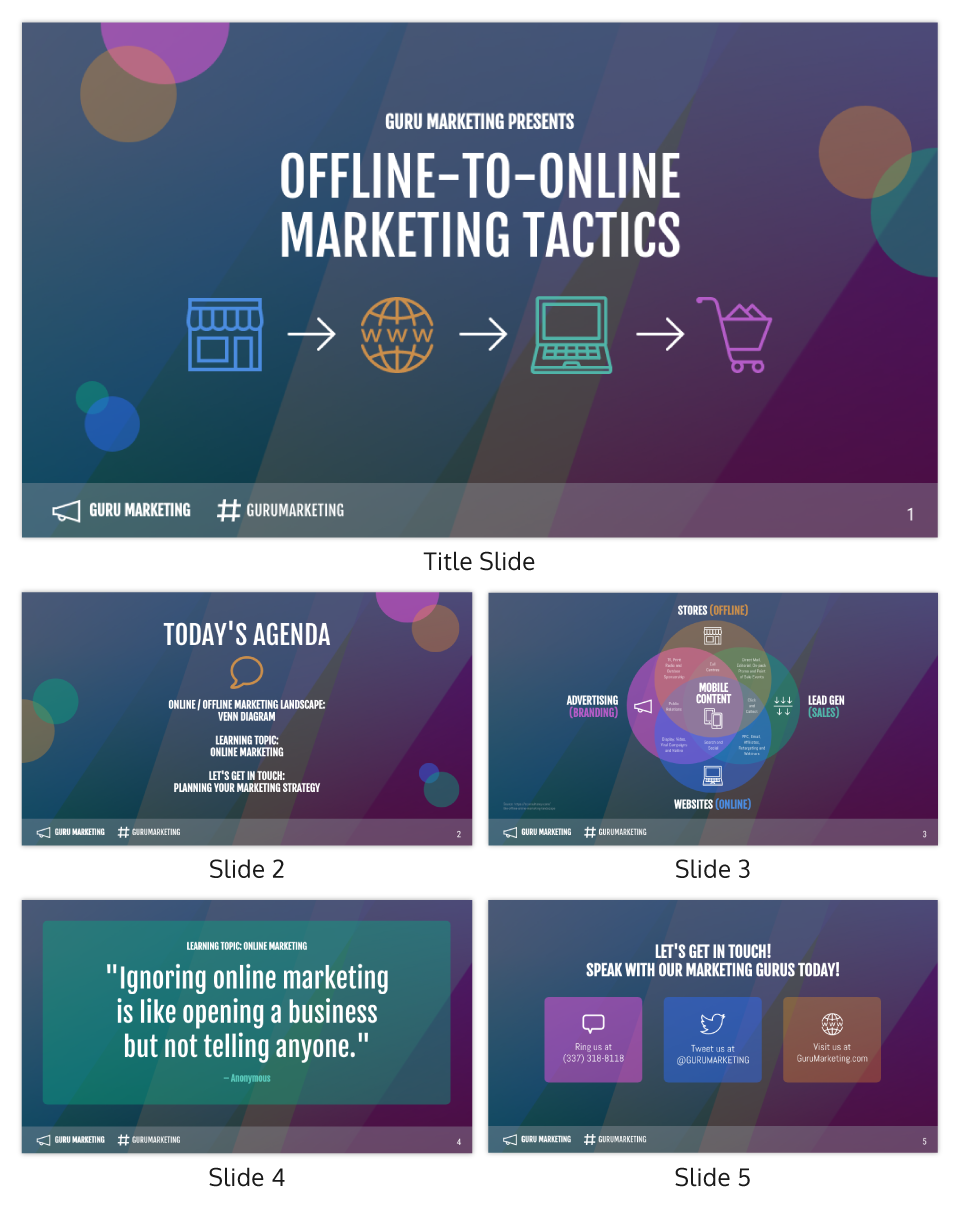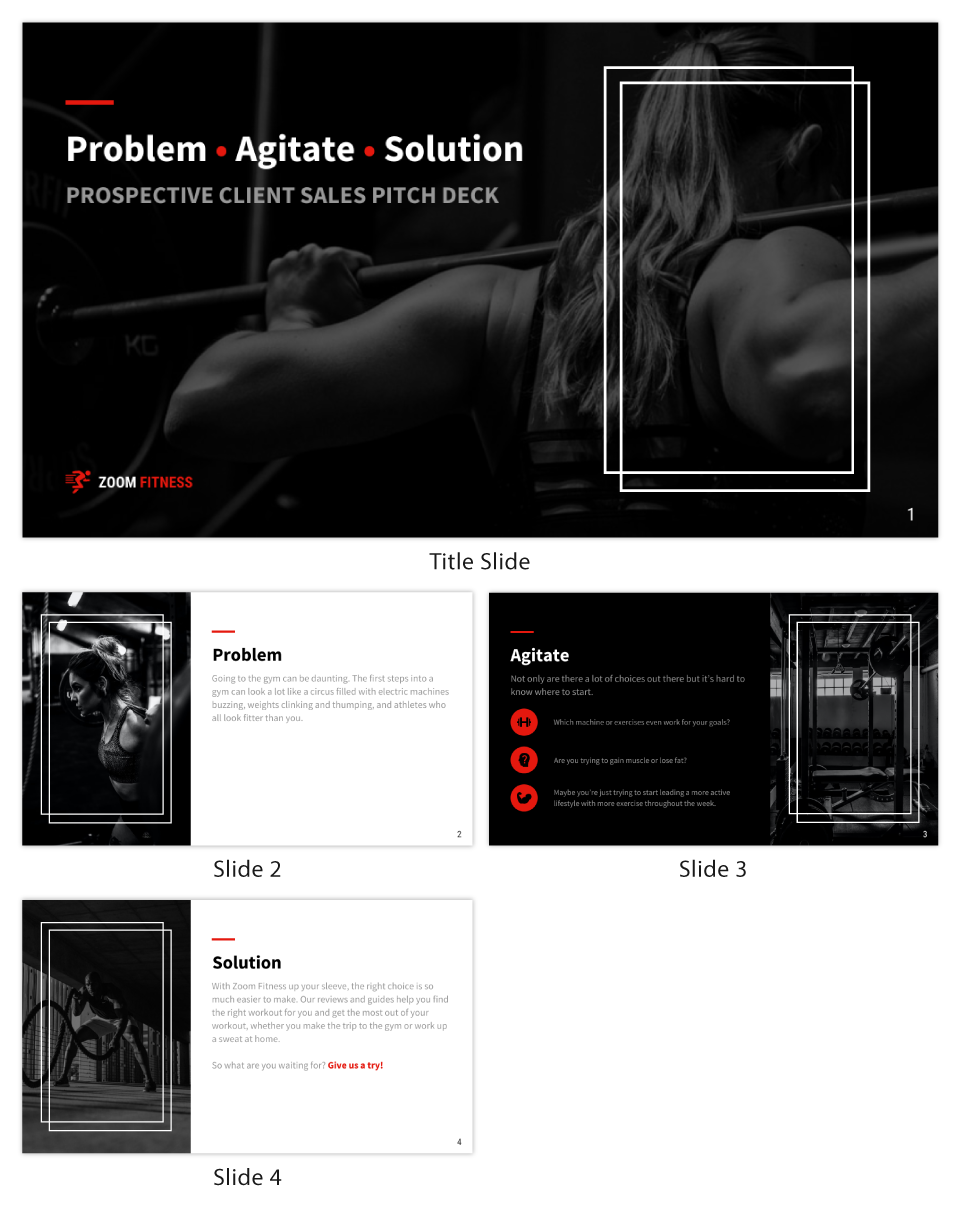It’s all about the pitch. An effective pitch deck is key to securing funding for your startup. Investors want to see that you have a clear, well-thought-out plan and that you’re capable of executing it. But crafting a great pitch deck can be tricky – it needs to be concise and persuasive while still providing all the necessary information. What goes into a great pitch deck? Here are some tips:
1. Knowing Your Audience.
Investors aren’t just looking to invest in your business – they also want to see that you can do it. When compiling your pitch deck, think about what the investor wants and how best to convey it to them. For example, if the investor is short on time, make sure all information is presented concisely.
2. Decide on a Structure.
There are many different ways to layout a pitch deck, and it’s crucial to pick the one that best aligns with your business model. Investors will take note of whether or not you have a clear structure that makes sense for them, so make sure yours does.
3. Use Data to Back up Your Claims.
Unsupported claims are a red flag for investors. Any assertions you make should be backed up by data, if possible. If you haven’t generated any impressive data yourself, look for industry-specific studies and include links. This will show the investor that you did your research and you aren’t just making things up.
4. Highlight Your Achievements.
Every business has its own milestones it hit along the way, and investors want to know that you were able to achieve them. For example, when Facebook was still a startup, they highlighted launching their social network in two schools when pitching for funding. The point of this isn’t to brag about your accomplishments, however. Rather, it’s to show how you carried out the steps in your plan and what milestones were achieved along the way.
5. Be Clear About Your Business Model.
Investors want to invest in a business with a sustainable revenue model that has a competitive edge. The business model should be clearly outlined in the presentation deck. If your products and services are unique, highlight this – if not, show how you plan to make them unique.
6. Show a Clear Roadmap.
Investors want to know that they’re putting their money behind a business with a clear vision for the future and a plan to get there. Include a timeline in your pitch deck, highlighting any crucial objectives and how they’ll be achieved.
7. Show Marketing Potential.
Not every startup is going to have immediate mass-market potential, but if it does, the investors want to know that! If you have an interesting idea for marketing or can show how your products could be marketed effectively, make sure to include this information.
8. Include Financial Projections.
Deciding whether or not to invest in a business is essentially an investor weighing the risk versus reward. Because of this, it’s important that your pitch deck includes financial projections for the next five years. The projections should be realistic and based on your business model – investors know that you can’t predict the future, but they do want to see that you’ve done your research.
9. Keep it Concise!
Investors don’t want to sit through an excruciating pitch deck. Your pitch presentation should be engaging and concise – generally, investors will take 15 to 20 minutes to analyze your pitch deck, so make sure it holds their attention!
10. Consider Including an FAQ Section.
Investors are bound to have questions, especially if they’re interested in your business. Make sure you answer them all concisely and effectively by including an FAQ section at the end of your deck.
11. Include Photos of Your Team/Products.
This is a great way to humanize your business and show that you’re passionate about what you do. A picture is worth a thousand words, after all! Don’t forget to include high-resolution photos in both color and black and white.
One last tip when making pitch decks is to use Venngage — a free infographic maker that offers a wide range of infographic designs for all pitchers out there. Here are some pitch deck examples from their website!

Venngage

Venngage

Venngage
When assembling your pitch deck, remember that the end goal is to convince investors that you and your company are worth their time. Include all relevant information – but don’t include anything extraneous! Investors need to know exactly what sets you apart from your competitors and why they should invest in your business. If you’re having a hard time making one, then consider using Venngage. Ready to begin? Click here!
